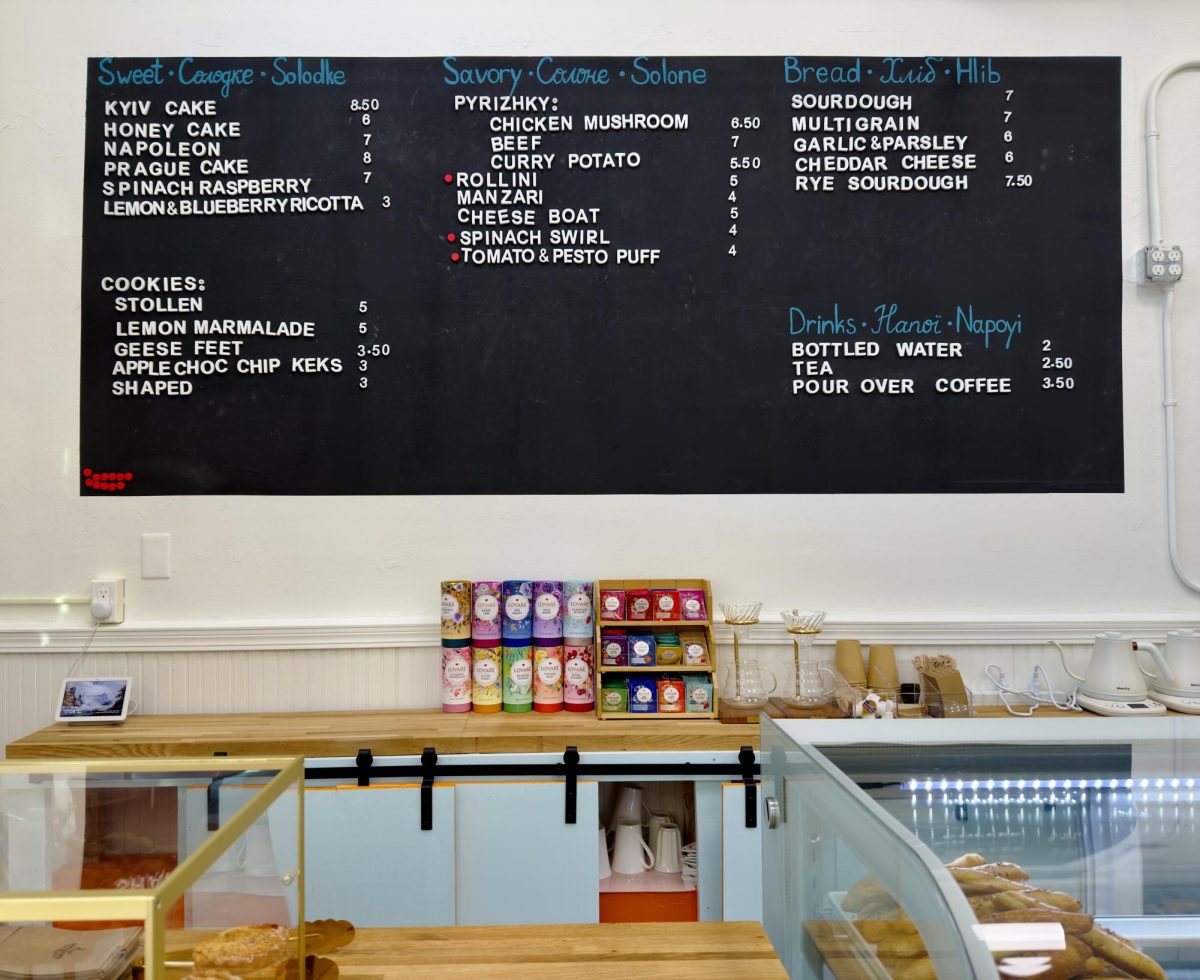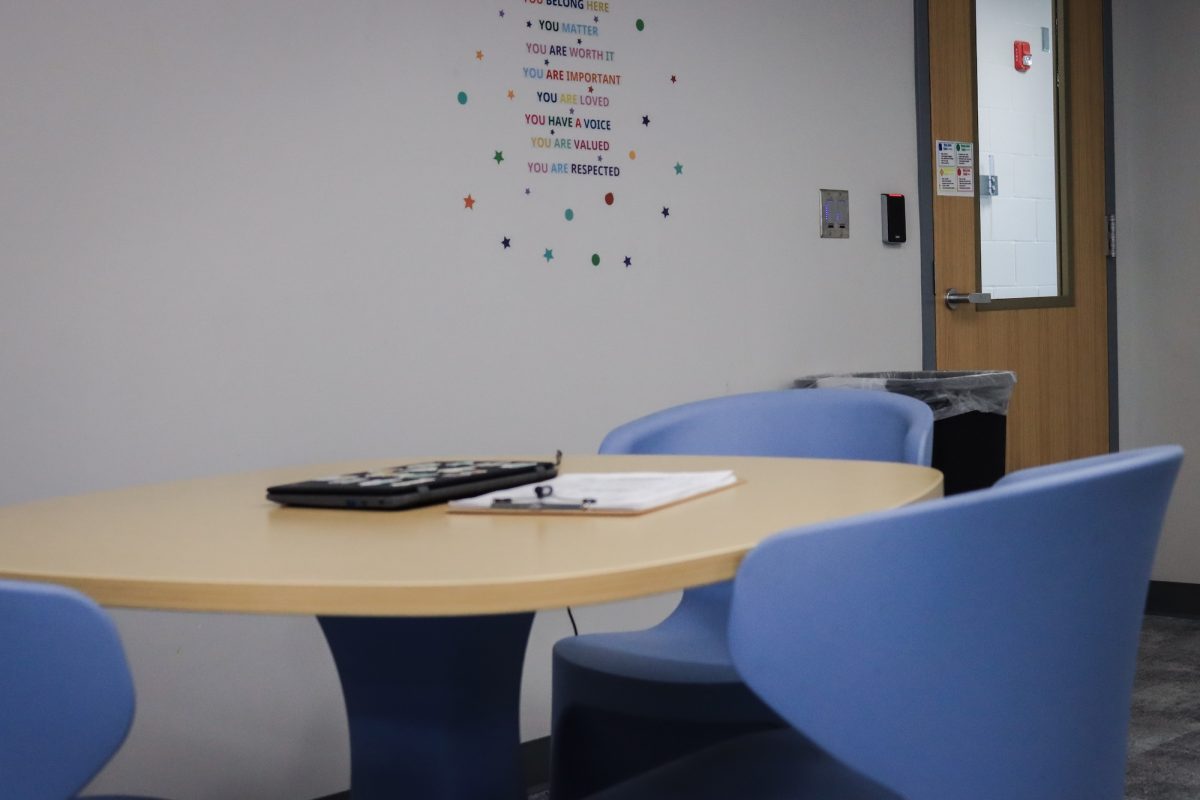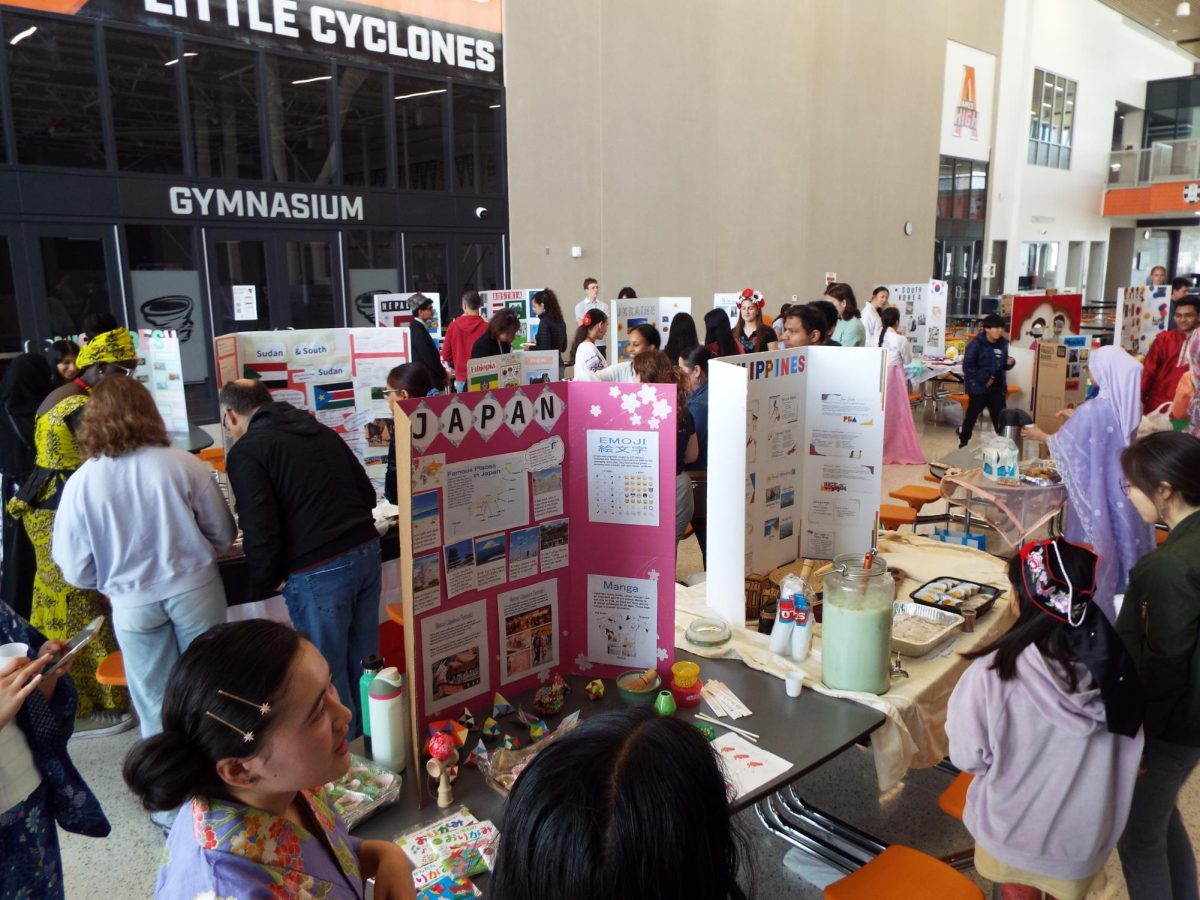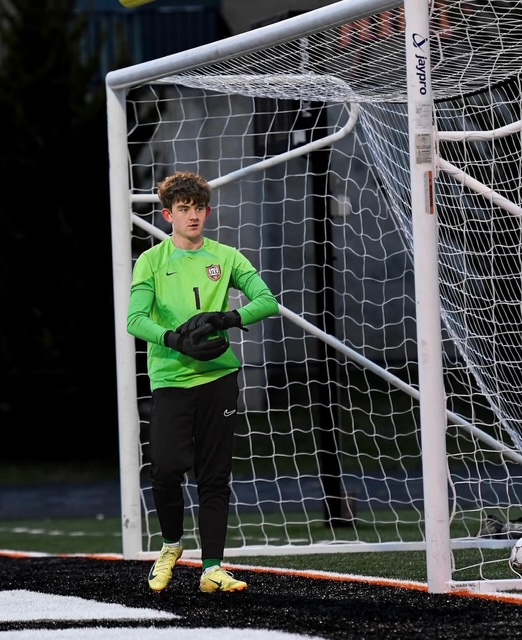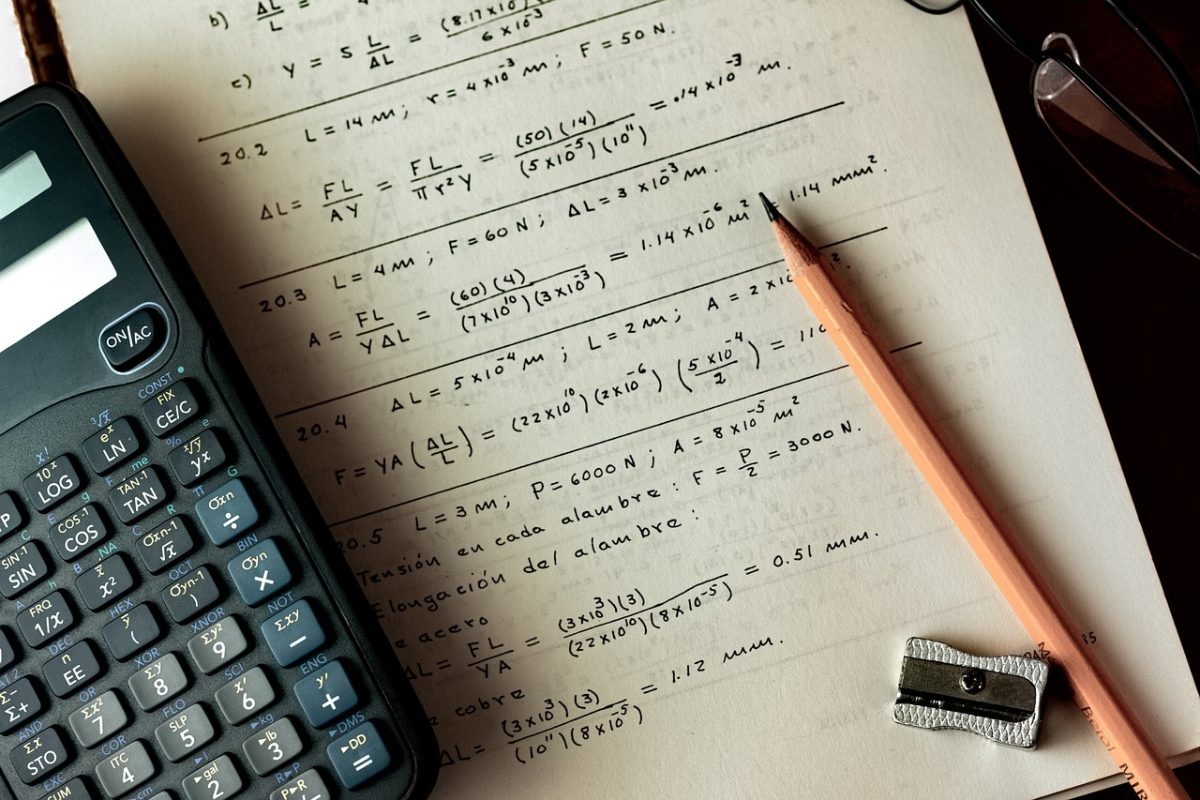140,000 minutes.
That’s how long an average senior in high school has spent in a math classroom, and that number doesn’t even include homework or studying for tests. And what do we learn from that time? Well, only 18% of adults were able to calculate the price of a carpet given the unit price and dimensions of the room, and America ranks 30th among 65 nations in math.
How could Americans possibly not know how to do these simple calculations? After all, common core standards show that students should be able to, “Apply the area and perimeter formulas for rectangles in real-world and mathematical problems” in 4th grade. Well, the problem may lie in the fact that our standards for proficiency don’t measure actual understanding of the subject.
In most math classes, there are only a few types of problems that need to be solved in each unit- knowing how to solve all of them is enough to give you an A. This encourages students to memorize the process of solving the problem instead of understanding the underlying concepts.
This system rewards memorization instead of understanding, and most students don’t learn what they should. This leads to them falling even further behind the next year, where they are expected to have a solid understanding of previous concepts.
Rather than testing the students on their ability to solve problems they have already seen before, we should test their understanding by giving them tests with new problems they haven’t seen before, asking them to find a method to solve the problem instead of just repeating the method. This encourages students to actually understand math instead of blindly following procedures.
Scores with this system will surely be lower than otherwise, but that can be accounted for by allowing students test corrections, and the new grade will more accurately represent the student’s knowledge.
Some people may argue that this new system will force students to use more of their valuable time on studying. However, this is not entirely accurate. The time most students spend studying for math classes isn’t particularly efficient. Most of the time is spent memorizing procedures, which will be forgotten in a few days anyway.
With tests designed to gauge understanding, students will instead focus on knowing the fundamental concepts, enhancing their learning. The time they spend studying will not be lengthened, but it will become more efficient.
The current American system for math education fails to push students to develop an understanding of the subject. By rewarding memorization instead of comprehension, we create a cycle where students are left unprepared for the next math class. Shifting to a system that rewards understanding would encourage deeper learning. By encouraging understanding instead of blind memorization, we can ensure that the 140,000 minutes spent in the classroom are truly spent learning.



